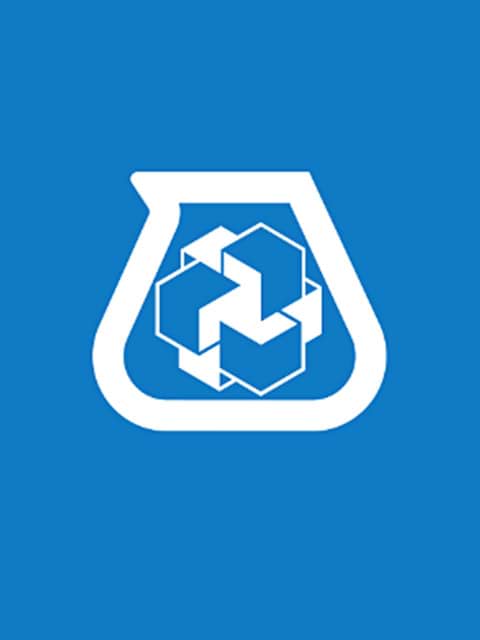 Browse by PRODUCT LINES
Browse by PRODUCT LINES
 All product lines
All product lines
 Search products
Search products
 In the spotlight
In the spotlight
Recently, the Occupational Safety and Health Administration (OSHA) enacted lower thresholds for worker exposure to respirable crystalline silica, causing both debate and concern within the construction industry. In response to these concerns, our hope is to give a brief overview of this rule and clarify some key points on this in-depth topic. For a more detailed discussion on respirable crystalline silica, refer to the OSHA Website.
What is respirable crystalline silica? Silica (SiO2) is one of the most common components of the earth’s crust. It is found in sand, rocks and dirt. It is also a very small component of Portland cement, which is an ingredient in most mortars, grouts and cement-based products. Most cement- based products also contain silica sand. Only crystalline silica that is small enough (less than 10 microns) to be inhaled into the lungs is respirable silica when it is airborne. This is similar in size to cat dander or pollen and has a similar irritating effect on the lining of the lungs. In extreme cases, this can lead to silicosis or other cancers.
What is not respirable crystalline silica? Once a powdered product has been mixed with water, it no longer gives off significant quantities of respirable silica. It also does not emit respirable silica once it is cured. Likewise, common construction products, such as tile, bricks and cured concrete, contain silica but do not give off respirable silica unless they are dry cut, drilled or otherwise disturbed. Products with a similar name, such as silane and silicone, are not sources of respirable silica. Paste products and premixed products do not give off respirable silica. Glass contains silica but not in a crystalline form, so it is also not considered respirable crystalline silica.
Which products are a source? To be a potential source of respirable crystalline silica, products must arrive in a powdered form and contain crystalline silica. This can include site-mix products (such as a 5-to-1 mud bed mix) and bagged products, such as mortars, grouts, patches and levelers that are designed to be mixed with water. The Safety Data Sheet (SDS) for a product lists how much overall silica that the product contains. However, the size of the silica particles determines if the silica is respirable, so a product with a high percentage of washed, coarse silica may emit less respirable crystalline silica than a product with a finer grade but less overall silica.
What other activities are a source? Sweeping, transporting and dumping of anything silica-containing, such as gravel, dirt, sand and cement, can cause crystalline silica to become airborne. Cutting, grinding, polishing, drilling, jackhammering and other activities that are done dry to silica-containing items, such as tile, stone, concrete, bricks and concrete blocks, are another common source. All sources of potential exposure must be considered for the OSHA regulations.
How do I comply with the OSHA standard? There are many elements to the standard and it cannot be fully summarized in a few sentences. However, OSHA does provide resources to help contractors understand the new rule. In a very general sense, the standard requires people who are paid to perform construction services to 1) understand if respirable crystalline silica exists in the workplace, 2) develop a plan to communicate the potential for exposure to silica with employees and minimize risk, 3) test to know if the level of silica exceeds the thresholds of the standard and 4) take action if it does. That action can be in the form of engineering controls (for example, putting dust collection at sources of dust), work-practice controls (for example, wet cutting and grinding instead of dry cutting) and personal protective equipment (for example, respirators).
Are there “OSHA-compliant” products? No, OSHA is not in the product-verification business. Any reports that are provided by a material supplier have been generated by that supplier. OSHA is under no obligation to accept them as proof of compliance with the regulations. There is also no requirement in the standard that materials must pass a particular test because there is no standardized way of testing how much respirable crystalline silica is emitted from a particular product. From the OSHA Website: “The OSHA standards do not specify the safety requirements the products must meet; these requirements are specified by U.S. standards-developing organizations.”
How is MAPEI responding? First, MAPEI must comply with the new requirements at our factories. We have conducted the independent, third-party testing that is required to know that our employees’ work environments are below the thresholds. Second, we have tested many of our products in worksite conditions and been active in communicating with our customers to steer them to lower-silica options if there is a concern. Finally, we encourage everyone to use the following best practices at the jobsite to keep dust low:
Respirable crystalline silica is a concern, but arming yourself with knowledge is the best way to know that you and your employees are protected.


Technical Services at 1-800-992-6273
Customer Service at 1-800-426-2734 (1-800-42-MAPEI)
Comments
Load more comments